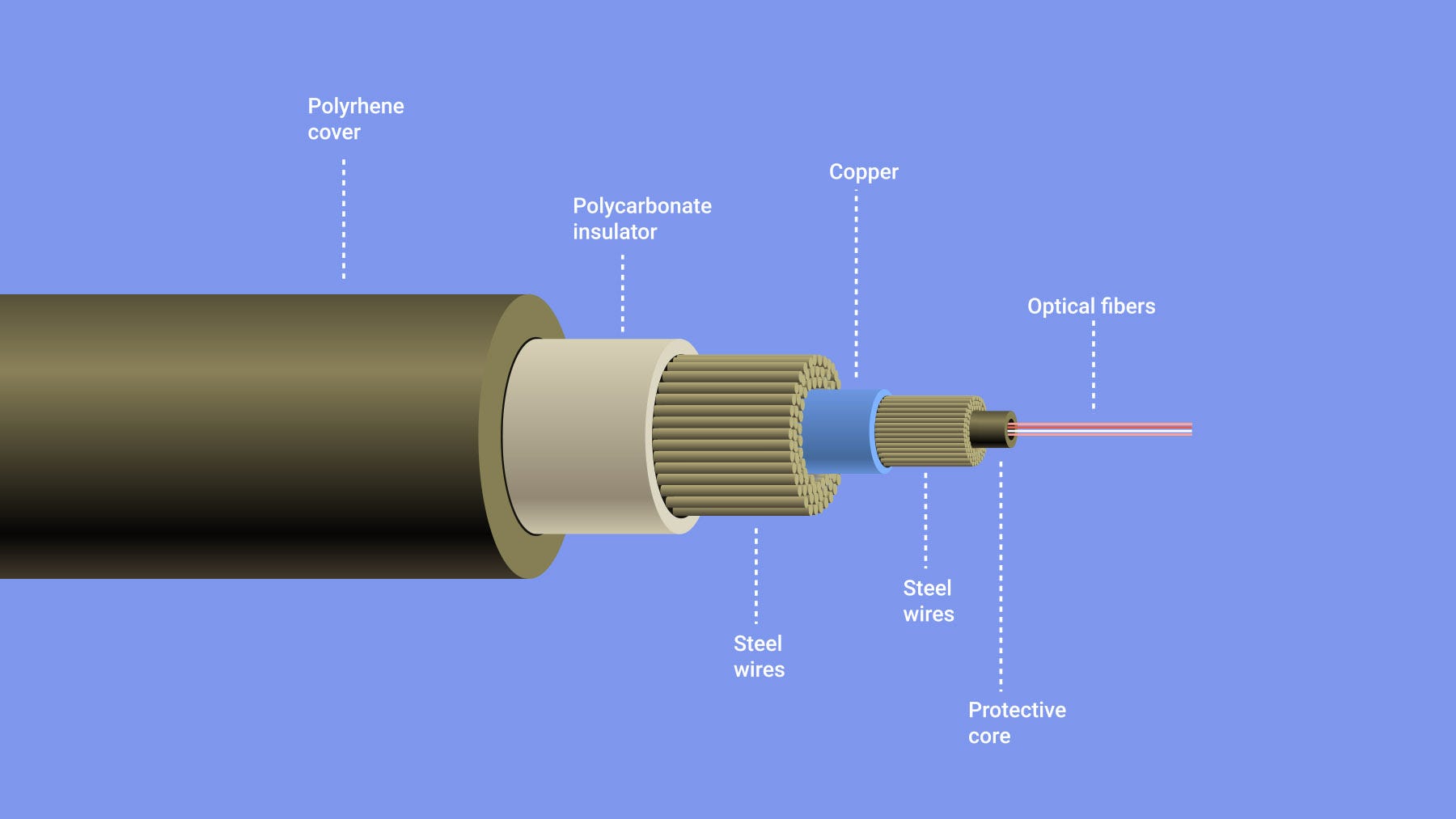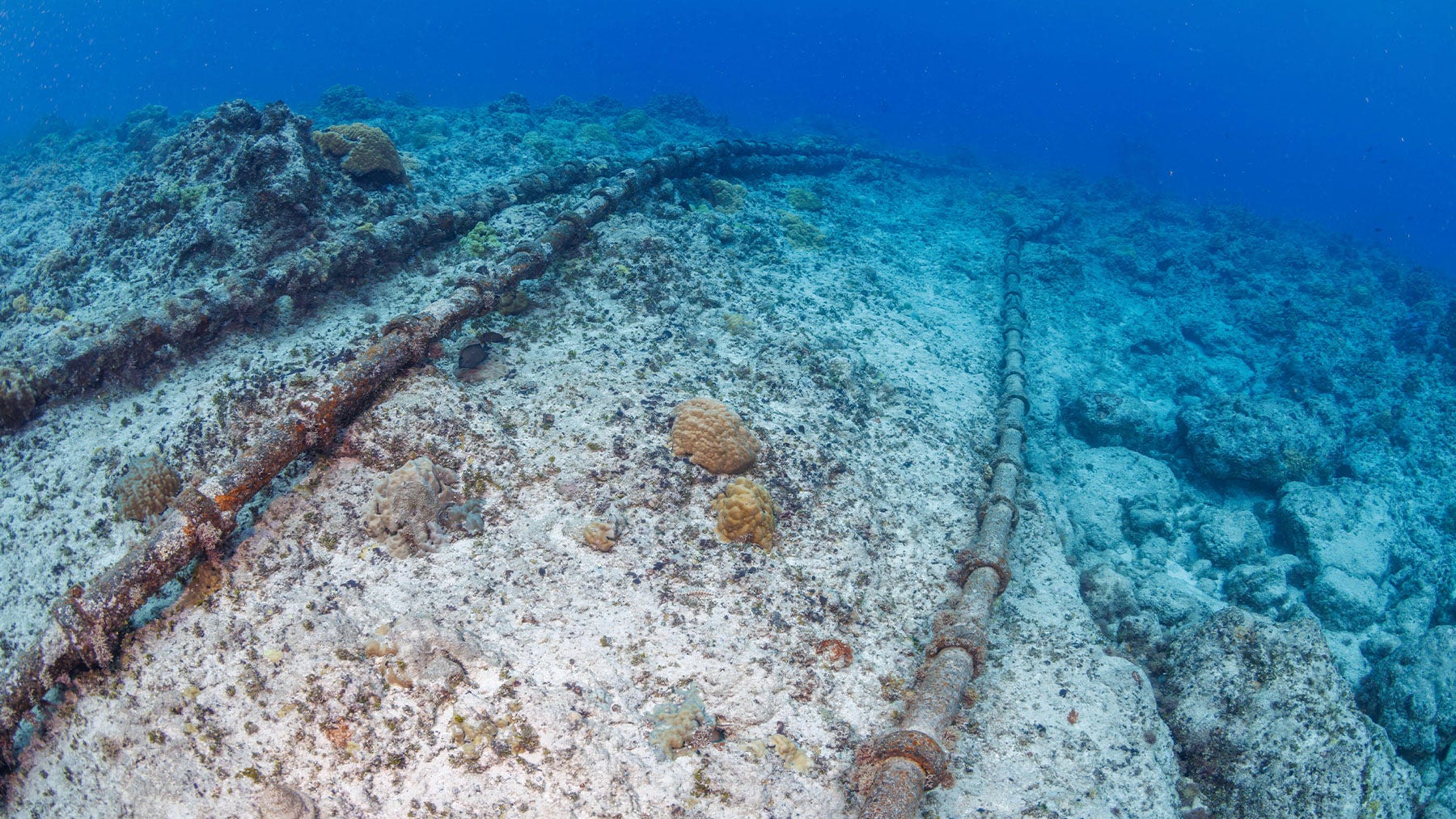Protecting Data Center Networks Against Subsea Cable Disasters
Data centers face ongoing threats from subsea cable failures. Discover how the industry can protect networks and ensure continuity despite these disruptions.

Conversations about data center disaster recovery and incident response planning often focus on events that could harm data centers themselves, such as extreme weather or equipment failures.
However, in recent years, one of the most significant threats to data center business continuity hasn’t been disruptions that occur within data centers. Instead, it’s outages that stem from degraded or failed subsea cables.
That begs the question: In a world where undersea cables are often the weakest link in the networks that connect data centers, what can the industry do to help reduce the risk of cable outages? There are no easy answers, but here’s a look at some potential solutions.
How Subsea Cables Cause Data Center Outages
The reason why subsea cable problems can prove so disruptive to data center operations is simple enough: Data centers rely on a network of hundreds of cables resting on the seafloor to move data between continents. If one of those cables breaks entirely or is partly damaged, data centers may lose connectivity or experience reductions in network performance.
A variety of disruptions can damage undersea cables, including:
Storms that cause undersea currents strong enough to move cables
Earthquakes or undersea landslides
Accidental damage caused by fishing boats, mining, and other human activity
Deliberate damage to cables by malicious actors
It’s important to note that a single cable failure won’t necessarily interrupt data center connectivity. The internet is designed for redundancy, and in many cases, data centers can route traffic via alternative cables if one subsea cable fails. But in cases where no alternative route is available, or where multiple cables are damaged at once, severe connectivity issues can result.

A simplified cross-section of a subsea fiber optic cable (Image: Alamy)
How Frequent Are subsea Cable Disasters?
Subsea cable disasters have been a common cause of internet outages in recent years, including in places like East Africa, West Africa and the eastern Pacific. The problem is likely to grow only worse in coming years, since extreme weather, which is on the rise, is one type of event responsible for cable failures.
Protecting Subsea Cables
The good news is that multiple strategies are available to data center and network infrastructure operators to help reduce the risk of subsea cable failures.
Deploying stronger cables
To start with an obvious measure, designing subsea cables to be more resilient can help increase reliability.
You might think that all subsea cables would already be as robust as possible against the elements. However, given that undersea cables have been around for more than a century, the fact is that not all cables in operation today were designed with modern reliability needs in mind.
Over time, replacing outdated cables with newer, stronger ones is likely to improve the fundamental resilience of the undersea cable network.
Burying cables
Another obvious strategy is to bury cables under the seafloor instead of letting them rest on top of it. This is more expensive than simply dropping cables into the water, but burying cables is feasible enough with the help of sophisticated machinery.
Enhanced cable monitoring
Better monitoring of undersea cables won't increase the reliability of cables themselves, but it will allow data centers to respond proactively in the event of a service degradation.
Remote sensors that can detect events such as earthquakes make it possible to reroute network traffic over alternative cables immediately, minimizing the risk of packet loss caused by undersea cable disasters.
Management of geopolitical risks
Traditionally, companies laid undersea cables without giving much thought to how geopolitical factors might place them at risk. But recent attacks on underwater cable networks, such as in the Red Sea, underscore the importance of managing geopolitical threats as a way of protecting cables.
Choosing not to install cables at all within certain regions is not likely to be feasible, but organizations that need to operate cables in places where they are susceptible to attack might consider ways to mitigate the risk – such as ensuring that the locations where cables come on shore (and where they are therefore most vulnerable) offer physical security protections.

Trans-Pacific subsea cables on the ocean floor off the island of Guam (Image: Alamy)
Mitigating Cable Risks to Ensure Data Center Uptime
The next time your data center becomes unreachable, an undersea cable outage may well be to blame. But with the right investments, the data center industry can mitigate this risk, making it possible to move packets around the world without worrying that natural disasters or deliberate attacks will disrupt critical communications.
About the Author
You May Also Like









